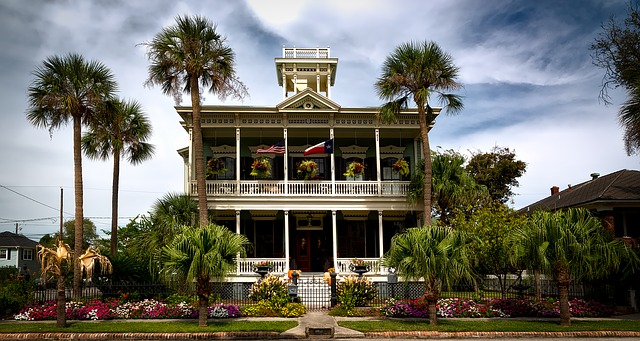Introduction
When it comes to refrigerators, one common question that arises is, “How long does it take for a refrigerator to cool?” The answer to this question depends on various factors, including the initial temperature of the refrigerator, the desired temperature, the size of the refrigerator, and the efficiency of the cooling system. In this article, we will delve deeper into the topic and explore the factors that influence the time it takes for a refrigerator to cool.
Factors Affecting Refrigerator Cooling Time
Initial Temperature: The starting temperature of the refrigerator plays a crucial role in determining the cooling time. If the refrigerator has been turned off or left open for an extended period, it may take longer to cool down. On the other hand, if the refrigerator is already at a relatively low temperature, it will require less time to reach the desired cooling level.
Desired Temperature: The desired temperature setting of the refrigerator also affects the cooling time. If you set the temperature to be significantly lower than the ambient temperature, the cooling system will have to work harder and take longer to cool the interior. It is recommended to set the refrigerator temperature to a safe level, typically between 35°F (1.7°C) and 38°F (3.3°C), to ensure food safety and energy efficiency.
Size of the Refrigerator: The size of the refrigerator is another important factor. Larger refrigerators generally take longer to cool down compared to smaller ones. This is because larger refrigerators have a larger volume of air and food items to cool, requiring more time for the cooling system to reach the desired temperature.
Efficiency of the Cooling System: The efficiency of the refrigerator’s cooling system also affects the cooling time. Modern refrigerators are designed with advanced cooling technologies that can cool the interior more quickly and efficiently. Older models or refrigerators with faulty cooling systems may take longer to cool down.
Additional Tips for Faster Cooling
If you want to speed up the cooling process of your refrigerator, here are some additional tips:
Pre-cool Items: Before placing warm or hot items in the refrigerator, allow them to cool down to room temperature. This will prevent the refrigerator from working harder to cool down the warm items, thus reducing the overall cooling time.
Avoid Overloading: Avoid overloading the refrigerator with a large number of items. Overcrowding the refrigerator can hinder proper air circulation, making it harder for the cooling system to cool the interior efficiently.
Keep the Door Closed: Opening the refrigerator door frequently or leaving it open for extended periods can significantly increase the cooling time. Make sure to keep the door closed as much as possible to maintain the desired temperature and reduce energy consumption.
Conclusion
The time it takes for a refrigerator to cool down depends on various factors, including the initial temperature, desired temperature, size of the refrigerator, and efficiency of the cooling system. While there is no specific timeframe that applies to all refrigerators, following the recommended temperature settings, allowing items to cool before placing them in the refrigerator, avoiding overloading, and keeping the door closed can help expedite the cooling process. It is important to maintain proper food safety practices and ensure the refrigerator is operating efficiently.
References
– food.unl.edu
– energy.gov
– consumerreports.org












